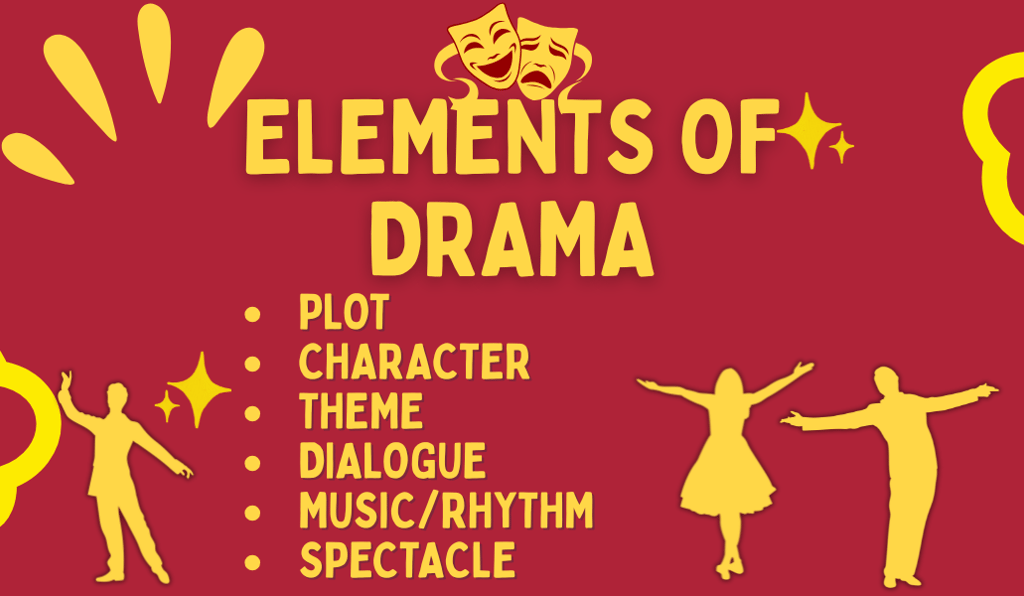Back to Basics: Why I Teach the Elements of Drama
Explore why teaching the Elements of Drama is essential for both drama and English classrooms. Build student understanding, boost engagement, and lay the foundation for performance and literary analysis with this core unit.
Katie Zakkak
8/4/20252 min read


This past year, I had so much fun developing my Elements of Drama Unit, and I realized just how valuable it is, not only for drama classes, but also for English classrooms that want to explore plays in a deeper, more dynamic way.
When I first started teaching drama, I assumed most students came in with a basic understanding of what drama is and how it works.
Spoiler alert: a lot of them didn’t.
So whether you’re an English teacher preparing to dive into Shakespeare or a drama teacher starting the year with a Level 1 class, a unit on the Elements of Drama can provide the foundation your students need to really understand and engage with the world of theater.
🎭 Want something ready-to-go? My Elements of Drama Unit is linked here—perfect for both drama and ELA teachers.
Why Teach the Elements of Drama?
📘 In English Class: Go Beyond the Text
If you’re teaching a play in English class—whether it’s Romeo and Juliet or The Crucible—your students will get so much more out of it if they understand how the form of drama works.
The Elements of Drama—like character, plot, language, sound, and spectacle—give students the tools to analyze not just what’s being said, but how the story is being told on stage. This connects directly to standards and deepens literary analysis.
It’s the difference between reading a script and truly experiencing a play.
🎭 In Drama Class: Answer the Question, “What Is Drama?”
In an Intro to Drama course, starting with the elements gives your students a clear framework for:
What makes drama different from film or music
What they’ll be learning and creating throughout the year
How to think like a director, actor, designer, and audience member
It helps move students from “We’re just playing games” to “Oh, this is a real art form with structure, technique, and intention.”
Elements of Drama Activities
What the Unit Covers (And How You Can Use It)
Whether you use my unit or your own materials, here’s why a dedicated Elements of Drama unit early in the year is worth the time:
✅ It builds shared vocabulary and understanding
✅ It supports both creative and analytical thinking
✅ It prepares students to discuss, analyze, perform, and reflect
✅ It gives structure to your classroom discussions and activities all year long
